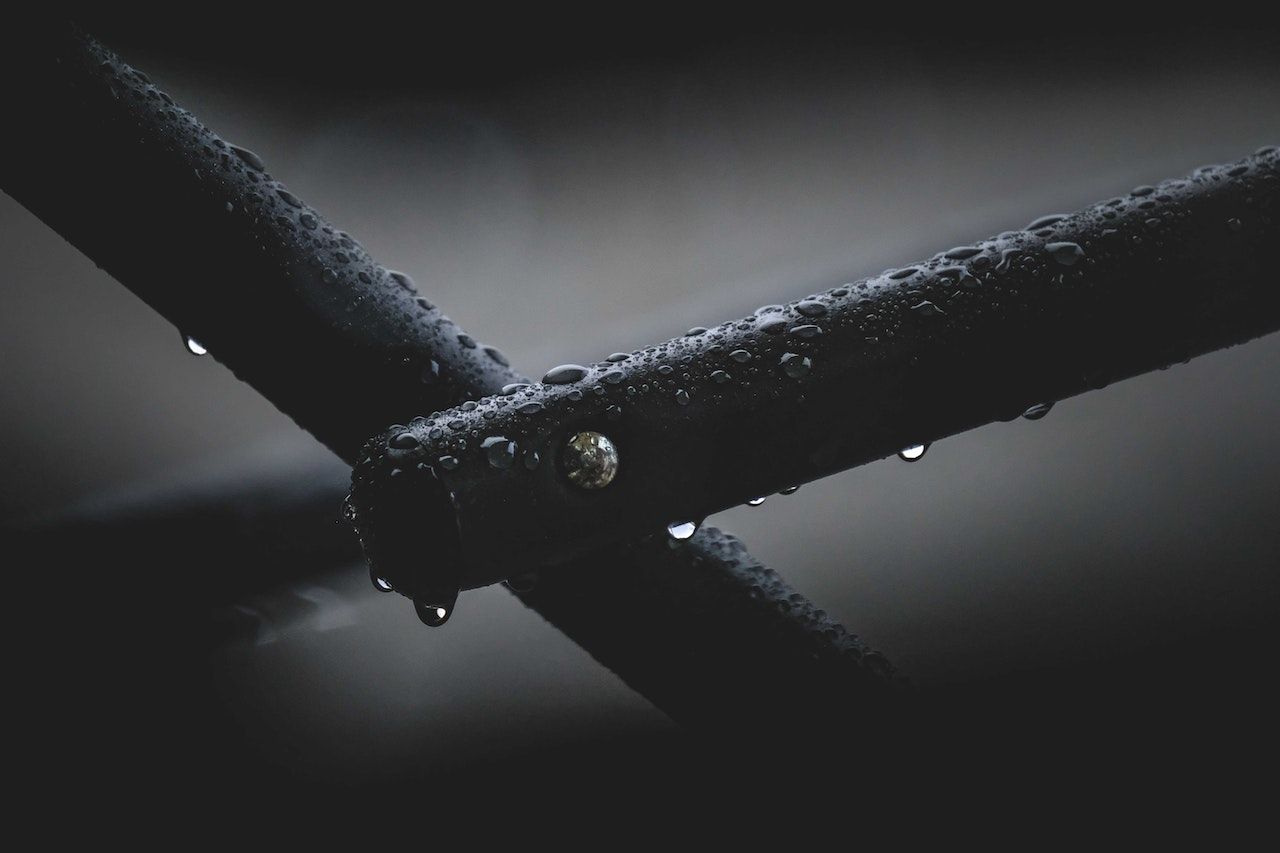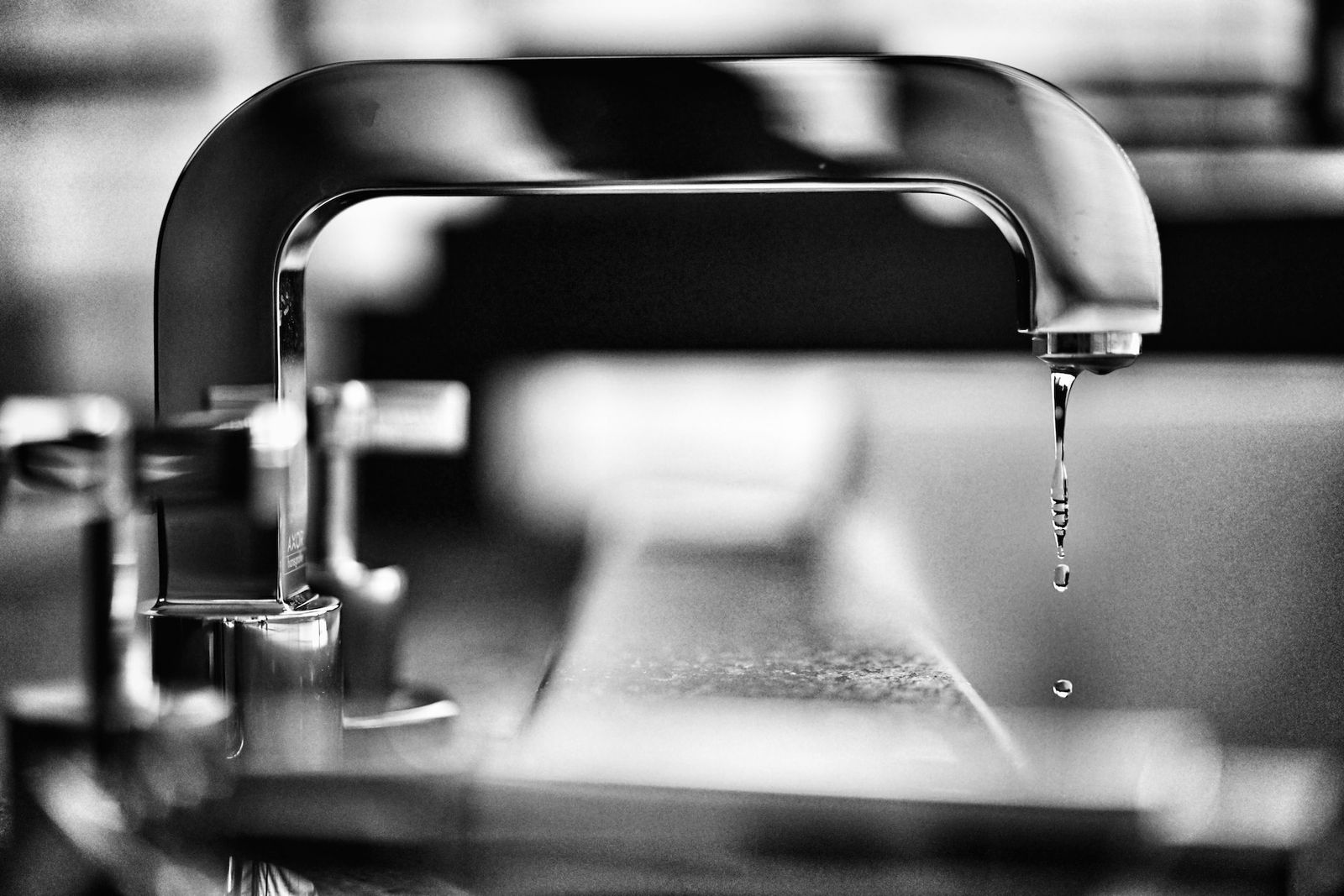The plumbing industry is on the brink of a transformative era, thanks to continuous advancements in pipe repair technology. This comprehensive article explores various technical concepts and innovations discussed earlier, providing an in-depth analysis of how these advancements are reshaping the plumbing industry and revolutionizing pipe repair methods. Additionally, we will delve into the timeline of when each method was invented to provide historical context to their development. Moreover, we will discuss the benefits of each technology and explore how artificial intelligence (AI) may impact this technology in the future.
Pipe Relining: Redefining Repair Methods (Invented in the 1970s)
Pipe relining, also known as cured-in-place pipe (CIPP), emerged in the 1970s as a groundbreaking method to rehabilitate damaged pipes. It was pioneered by Eric Wood and his colleagues at Insituform Technologies, who developed a process to insert a flexible liner into existing pipes and then cure it in place using heat or steam. This method eliminated the need for extensive excavation and pipe replacement, providing a more efficient and cost-effective solution for repairing damaged pipes.
Over the years, pipe relining techniques have evolved, and new materials and installation methods have been developed. Today, it is widely adopted as a standard practice in the plumbing industry, offering faster repair times, reduced costs, and minimal disruption to property owners. The benefits of pipe relining include:
Cost Savings: Pipe relining eliminates the need for extensive excavation and pipe replacement, resulting in reduced costs compared to traditional methods. It minimizes labour, materials, and restoration expenses, providing significant cost savings.
Minimal Disruption: Traditional pipe repair methods often require digging trenches and disrupting the surrounding environment. Pipe relining minimizes disruption as it involves inserting a specially-designed pipe into the existing one, eliminating the need for extensive excavation.
Faster Repair Times: Pipe relining significantly reduces repair times compared to traditional methods. The cured-in-place pipe can be fully operational within a short period, minimizing downtime and inconvenience for property owners.
Enhanced Durability: The materials used in pipe relining, such as epoxy or resin, provide a seamless and durable lining inside the existing pipe. This enhances the longevity of the repaired pipe, reducing the frequency of future repairs and associated costs.
UV Lining: Accelerated Curing with Ultraviolet Light (Invented in the late 1990s)
UV lining, which utilizes ultraviolet (UV) light to expedite the curing process in pipe relining, was developed as a significant advancement in the late 1990s. This method was pioneered by several companies and researchers, who recognized the potential of UV light in accelerating the curing of epoxy or resin materials used in pipe relining. (UV Pipe Relining explained)
The use of UV light offers several advantages in the pipe repair process. Firstly, it significantly reduces the curing time compared to traditional methods that rely on heat or steam. This expedited curing process enables faster completion of repairs, minimizing downtime and disruptions for property owners. Additionally, UV lining eliminates the need for steam, which mitigates the risk of resin migration into the sewer system.
The benefits of UV lining include:
Faster Curing: The use of ultraviolet (UV) light drastically reduces the curing time required for the epoxy or resin lining to harden and adhere to the existing pipe. It expedites the hardening process, allowing for faster completion of repairs compared to traditional heat or steam curing methods.
Reduced Environmental Impact: UV lining eliminates the need for steam, minimizing the risk of resin migration into the sewer system. This reduces environmental impact and ensures that neighbouring properties are not affected by emissions or odours associated with steam curing.
Increased Safety: UV lining improves safety by eliminating the risks associated with traditional heat or steam curing methods. It reduces the exposure of workers to high temperatures and steam, creating a safer working environment.
Advanced Materials: Strengthening Durability and Longevity(Ongoing Development)
The integration of advanced materials in pipe repair has been an ongoing development. Initially, materials such as fibreglass and polyester were used in the early days of CIPP. However, advancements in materials science have led to the development of stronger, more durable materials for pipe relining. Over time, the selection of materials has evolved to include advanced composite resins and reinforced polymers that offer enhanced strength, corrosion resistance, and improved flow capacity. The continuous research and development in advanced materials aim to extend the lifespan of repaired pipes and reduce the frequency of future repairs.
The benefits of using advanced materials in pipe repair include:
Enhanced Strength and Corrosion Resistance: Advanced materials, such as fibreglass or reinforced polymers, offer superior strength and corrosion resistance compared to traditional pipe materials. This increases the durability and longevity of the repaired pipe, reducing the need for frequent repairs.
Improved Flow Capacity: Advanced materials used in pipe relining provide a smooth inner surface that minimizes friction and enhances flow capacity. This improves the efficiency of the plumbing system, reducing energy consumption and optimizing water flow.
Sustainability: The use of advanced materials aligns with sustainability goals by reducing the need for pipe replacement and minimizing waste. Repairing and relining pipes instead of replacing them entirely promotes resource conservation and environmental responsibility.
Robotic Solutions: Precision, Efficiency, and Safety(Developed in the late 20th century and ongoing)
The development of robotic solutions for pipe repair and inspection began in the late 20th century and has continued to evolve. Initially, robotic devices were limited in their capabilities, but advancements in robotics technology have made them increasingly sophisticated and versatile. Robotic devices equipped with cameras, sensors, and advanced navigation systems can now navigate through pipes, providing detailed visual inspections and identifying cracks, leaks, and other forms of damage. Ongoing research and development are further refining these robotic systems, making them more adaptable and effective in different pipe repair scenarios.
The benefits of using robotic solutions in pipe repair include:
Enhanced Precision: Robotic devices equipped with cameras and sensors provide precise and detailed inspections of pipe interiors. This allows for accurate identification of faults, leaks, and other forms of damage, ensuring targeted repairs and minimizing errors.
Improved Efficiency: Robotic solutions streamline repair processes by reducing the time required for inspections and repairs. They can access difficult-to-reach areas, such as pipes under buildings or highways, enabling targeted repairs without major disruptions.
Safety Advantages: Robotic devices minimize the need for human entry into hazardous environments, reducing the risks associated with working in confined spaces or potentially dangerous conditions. This enhances overall safety for plumbing professionals.
Smart Pipe Systems: Data-Driven Insights and Predictive Maintenance (Developed in the 21st Century)
Smart pipe systems leverage sensor technology and data analytics to monitor pipe conditions, detect issues, and enable predictive maintenance. Sensors embedded within pipes collect real-time data on parameters such as flow rates, pressure, temperature, and leaks.
The benefits of implementing smart pipe systems include:
Proactive Maintenance: By collecting real-time data, smart pipe systems enable proactive maintenance. Plumbing professionals can detect early signs of degradation and intervene before major failures occur, reducing repair costs and minimizing unexpected disruptions.
Optimal Resource Allocation: Data analytics from smart pipe systems provide insights into water usage, flow optimization, and resource allocation. This promotes efficient water management, conservation, and overall system efficiency.
Enhanced Decision-Making: Smart pipe systems provide valuable data for informed decision-making in pipe repair and system management. Data analytics enable plumbing professionals to prioritize repairs, allocate resources effectively, and optimize overall system performance.
Implications for the Plumbing Industry:
The technical advancements discussed in this article have significant implications for the plumbing industry, transforming traditional repair practices and shaping its future. Here are the key implications:
Evolving Skillsets: Plumbing professionals need to adapt to new technologies and acquire expertise in areas such as pipe relining, UV curing, robotic operations, and data analytics. Upskilling and continuous learning will be essential to meet the demands of the evolving industry.
Increased Efficiency: The integration of innovative technologies improves repair efficiency, reducing project timelines and minimizing disruptions for property owners. Plumbing companies can handle a higher volume of repairs while providing faster turnaround times.
Cost Savings: Advanced materials, such as CIPP, contribute to reduced repair costs by extending the lifespan of repaired pipes and minimizing future maintenance needs. Robotic solutions optimize labour costs by automating certain tasks and streamlining repair processes.
Sustainability Focus: The use of advanced materials and smart pipe systems align with the growing emphasis on sustainability. Repairing and relining pipes rather than replacing them entirely reduces waste and conserves resources.
Enhanced Safety: Robotic solutions and smart systems prioritize worker safety by reducing the need for human entry into hazardous environments. Accurate inspections and predictive maintenance also help prevent catastrophic failures, enhancing overall safety.
Improved Customer Experience: The advancements in pipe repair technology result in faster repairs, reduced disruptions, and longer-lasting solutions. This improves the customer experience and strengthens the reputation of plumbing professionals, leading to increased customer satisfaction and loyalty.
Data-Driven Decision Making: The integration of data analytics in smart pipe systems empowers plumbing professionals to make informed decisions based on real-time data. This data-driven approach allows for better resource allocation, predictive maintenance, and system optimization.
Regulatory Compliance: The adoption of advanced pipe repair technologies can help plumbing professionals meet and exceed regulatory requirements. By utilizing methods such as pipe relining and UV curing, which minimize disruption and environmental impact, plumbers can ensure compliance with environmental regulations.
Future Implications with AI:
Artificial intelligence (AI) has the potential to further revolutionize pipe repair technology and its impact on the plumbing industry. Here are some potential future implications of AI:
Predictive Maintenance: AI algorithms can analyze vast amounts of data collected from sensors in smart pipe systems to detect patterns and predict future failures or maintenance needs. This allows for proactive repairs and minimizes the risk of unexpected pipe failures.
Robotic Automation: AI-powered robots can learn and adapt to different pipe environments, enhancing their capabilities for inspections, repairs, and maintenance tasks. These robots can autonomously navigate pipes, identify issues, and perform repairs with precision and efficiency.
Enhanced Data Analytics: AI algorithms can analyze complex datasets from multiple sources, including sensor data, historical records, and industry benchmarks. This advanced data analytics can provide deeper insights, optimize repair strategies, and improve overall system performance.
Intelligent Decision Support Systems: AI can assist plumbing professionals by providing real-time recommendations and insights based on data analysis. AI-powered decision support systems can guide professionals in making informed decisions, optimizing repair processes, and ensuring the best possible outcomes.
Augmented Reality (AR) for Repairs: AR technology, coupled with AI, can enable plumbing professionals to visualize repairs and access real-time information through smart glasses or devices. This immersive technology can guide technicians through complex repair procedures, reducing errors and improving efficiency.
Remote Monitoring and Control: AI-enabled systems can remotely monitor and control pipe networks, allowing for real-time adjustments, leak detection, and system optimization. This reduces the need for physical inspections and provides cost-effective maintenance solutions.
Conclusion:
The future of pipe repair technology is characterized by innovative concepts such as pipe relining, UV curing, advanced materials, robotic solutions, and smart pipe systems. These advancements offer improved efficiency, durability, longevity, cost savings, and enhanced safety. The plumbing industry is undergoing a significant transformation, requiring professionals to adapt to these new technologies and embrace a data-driven approach.
By leveraging these technical advancements, plumbing companies can provide superior services, minimize disruptions, optimize resource utilization, and ensure sustainable and efficient pipe repair solutions. The integration of AI holds even greater potential for the industry, with predictive maintenance, robotic automation, intelligent decision support systems, AR, and remote monitoring as key areas of development. The adoption of these technologies will reshape the industry, setting new standards for pipe repair and establishing a more efficient, sustainable, and customer-centric plumbing sector.







